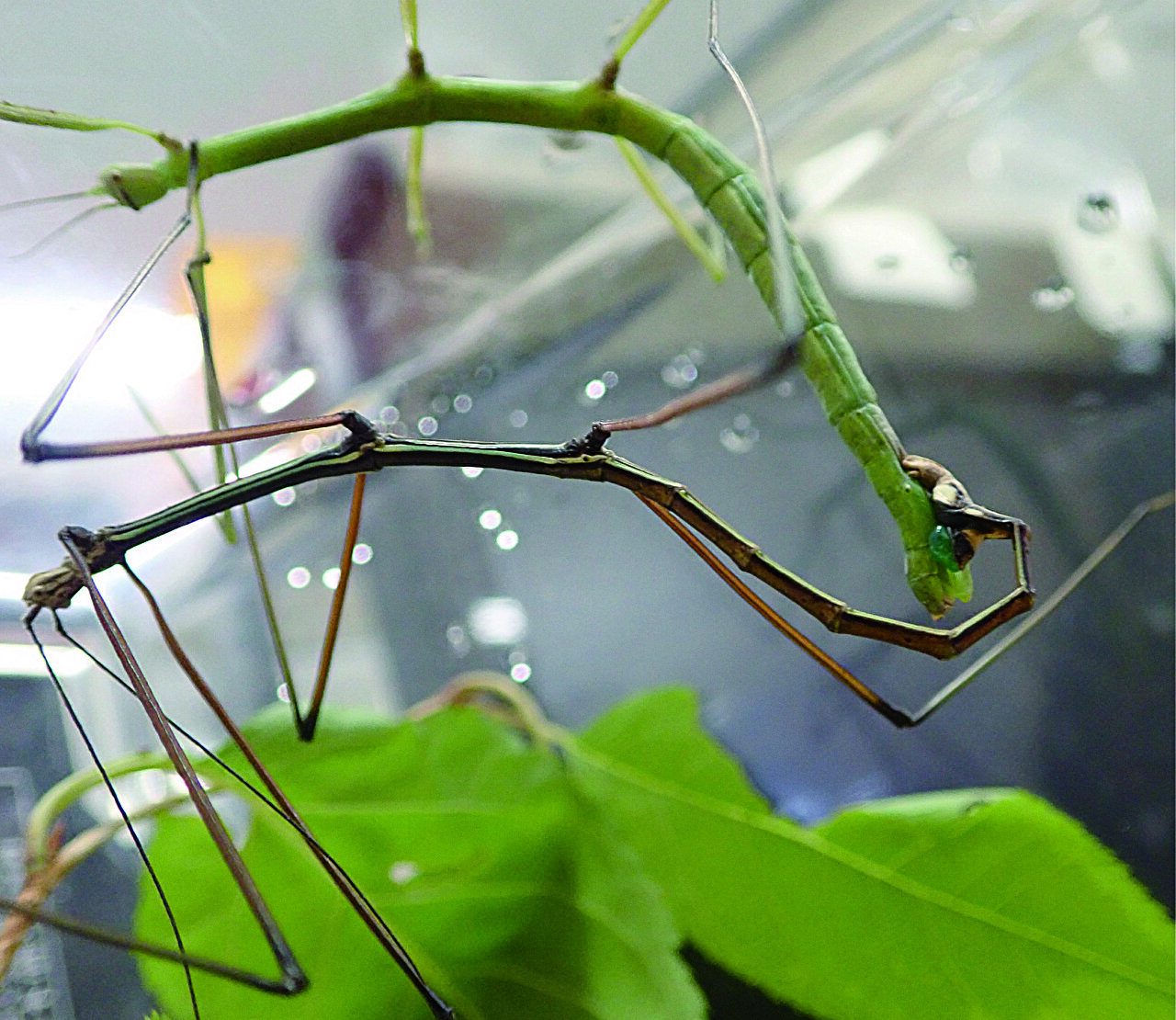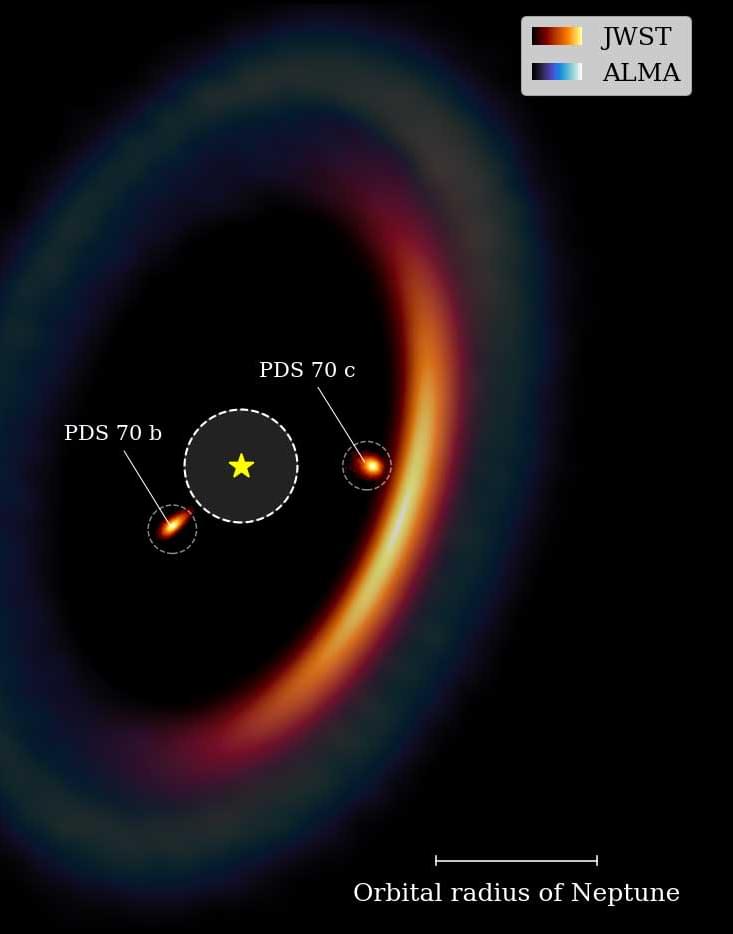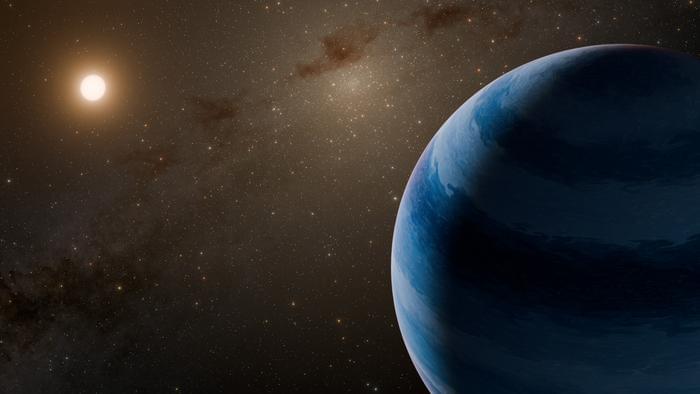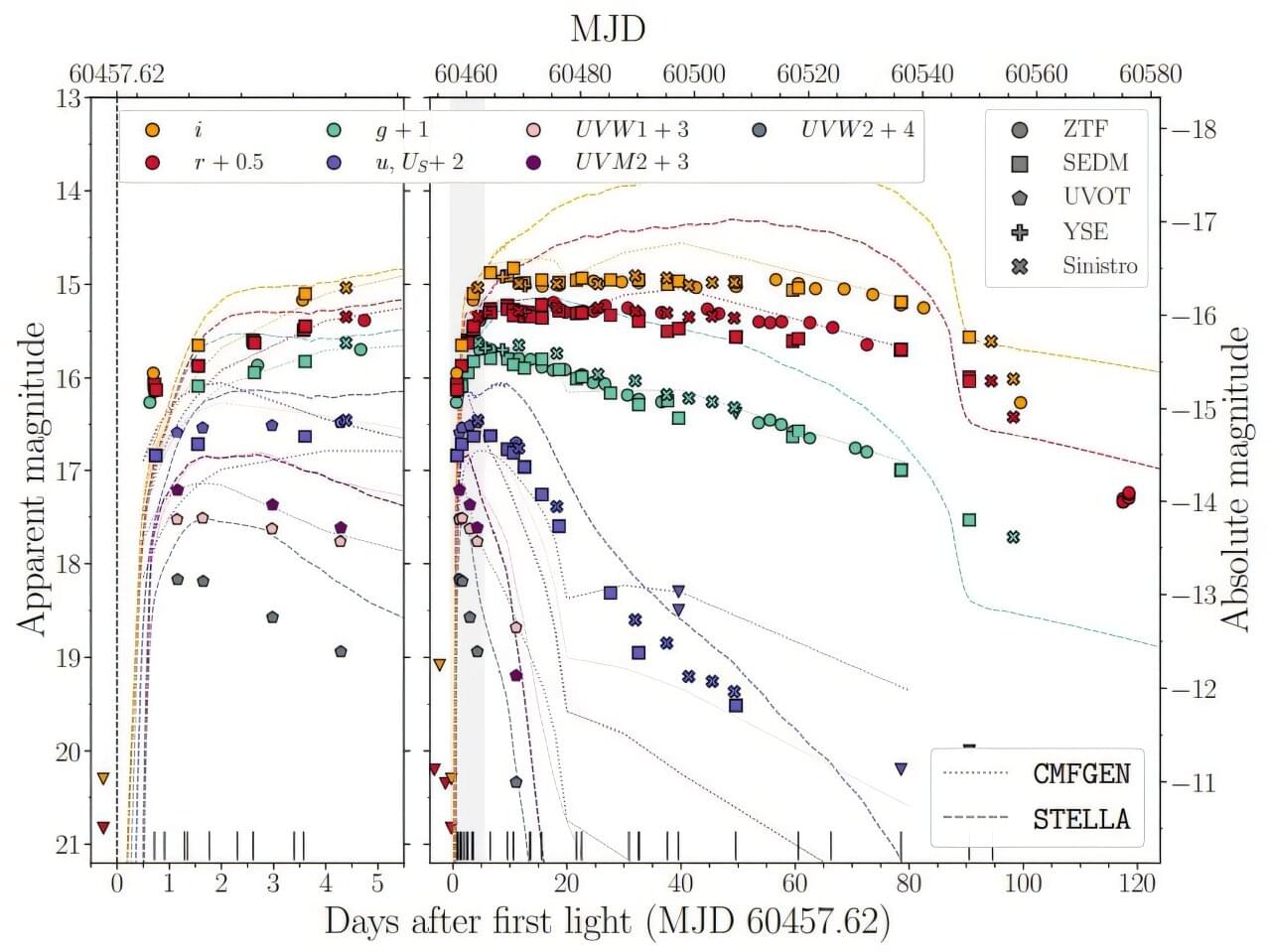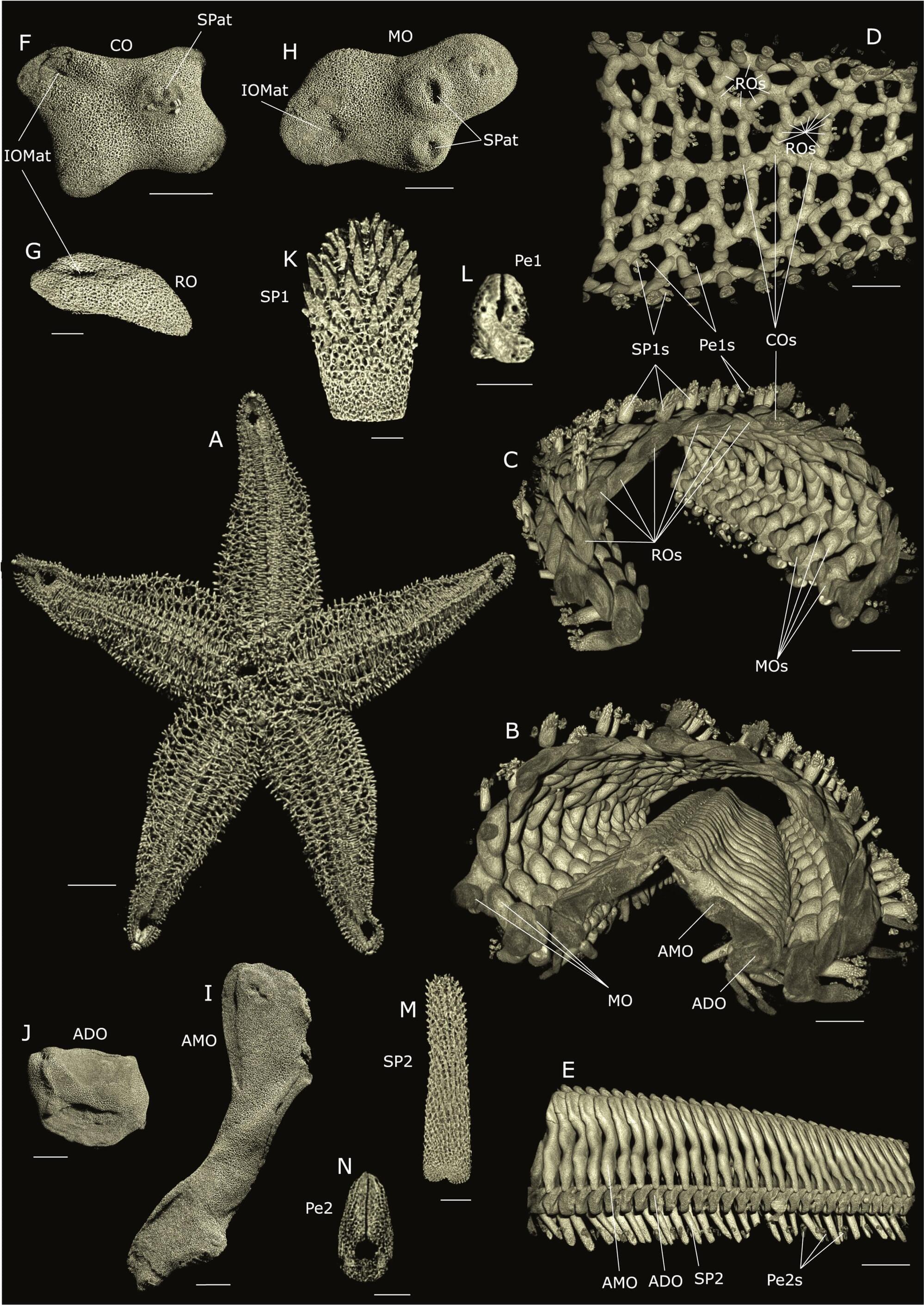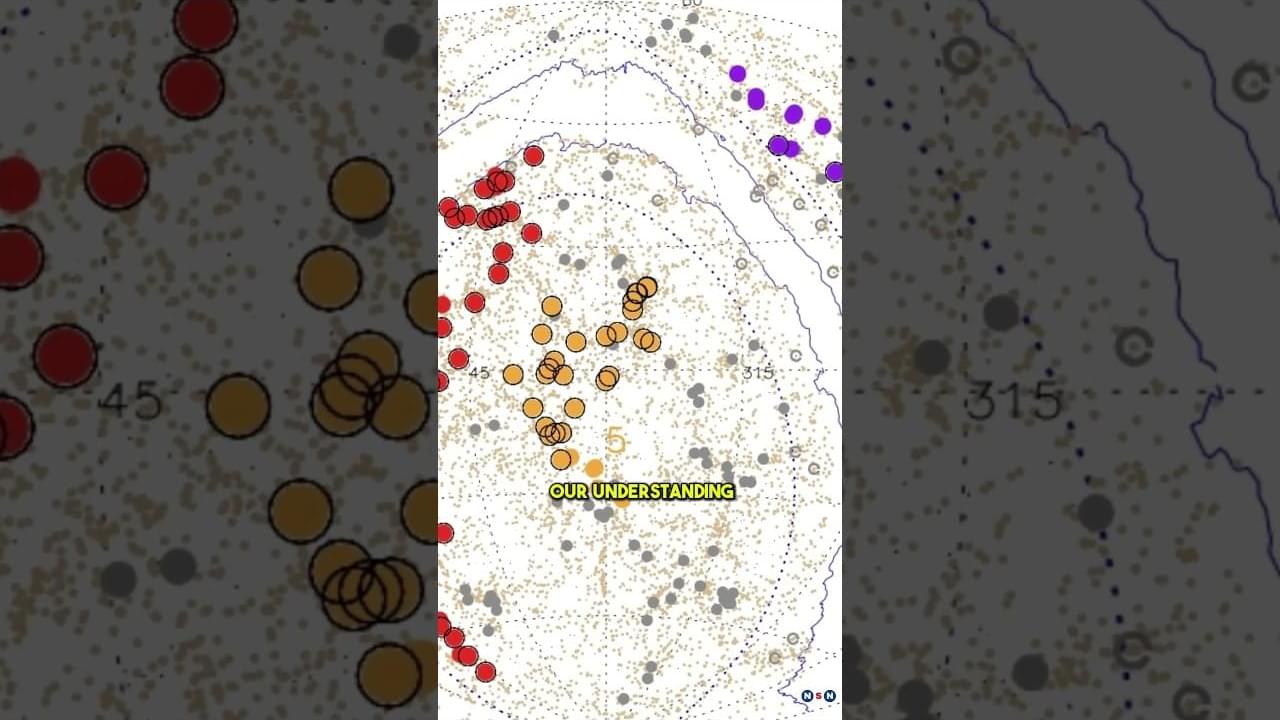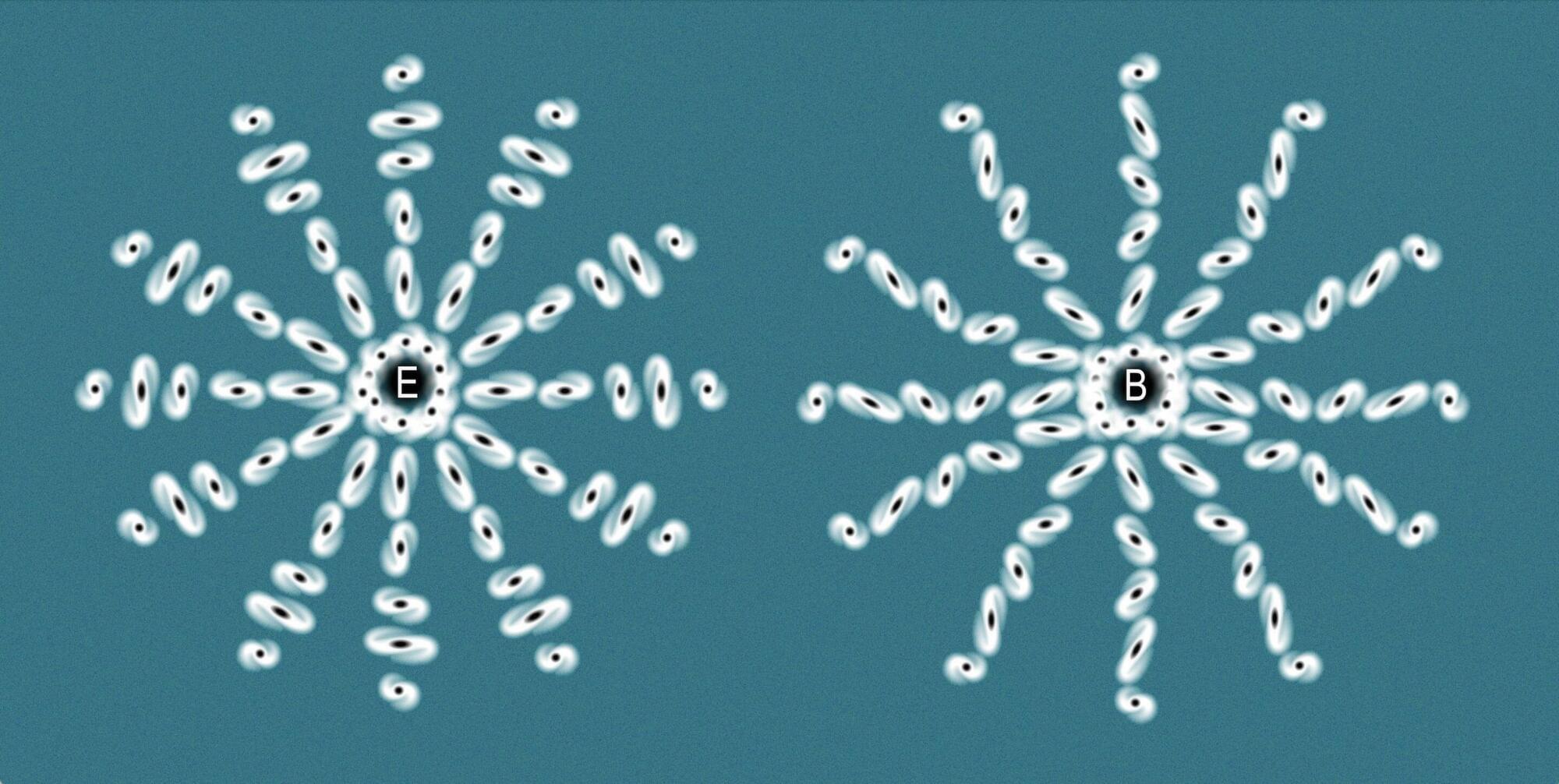While most animals reproduce sexually, some species rely solely on females for parthenogenetic reproduction. Even in these species, rare males occasionally appear. Whether these males retain reproductive functions is a key question in understanding the evolution of reproductive strategies.
A new study published in Ecology by a research team led by Assistant Professor Tomonari Nozaki from the National Institute for Basic Biology, Professor Kenji Suetsugu from Kobe University, and Associate Professor Shingo Kaneko from Fukushima University provides insight into this question. The researchers focused on the rare males of Ramulus mikado, a stick insect species in Japan, where parthenogenesis is predominant. Their analysis of male reproductive behavior reveals new findings.
